
The Numerous Benefits of Landscaping with Native Plants
The presence of birds, bees, and butterflies suggests a healthy, Earth-friendly place. These most-welcome guests also bring joy to those who appreciate watching them. Now, you can turn your yards into perfect habitats that attract them and, more importantly, help them thrive by landscaping with George Oxford Miller’s Native Plant Gardening for Birds, Bees & Butterflies: Rocky Mountains.
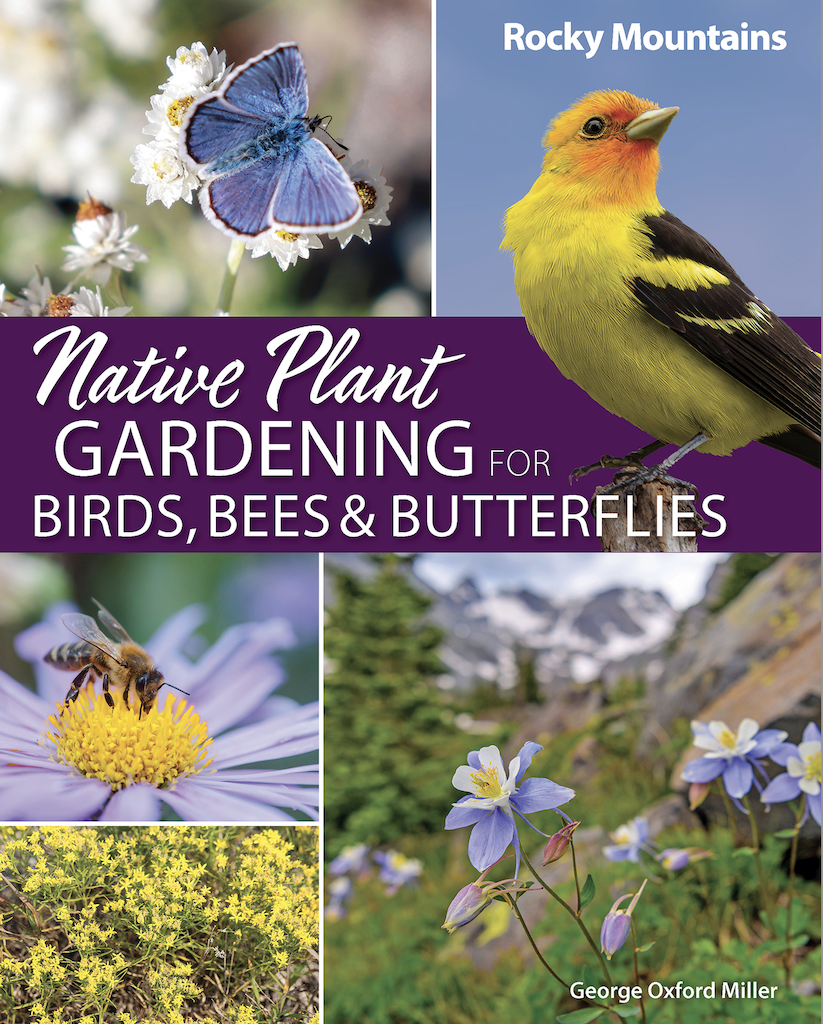
Professional nature photographer and botanist George Oxford Miller has provided the necessary information in this must-have guide for Colorado, Idaho, Montana, Wyoming, northern New Mexico, and northeastern Utah.
The book begins with an in-depth introduction to native pollinators and birds. It’s followed by a “field guide” section to more than 100 native plants that are widely available to utilize, are easy to care for, and provide great benefits to birds, bees, and butterflies.
Each species includes full-color photographs and information about hardiness zones, what they are most likely to attract, soil requirements, light levels, and George’s notes.
As a bonus, readers will make use of blooming charts, tips on attracting specific species, and more!
The beginning of the 21st century has witnessed an alarming increase in environmental destruction by urban sprawl, industrial expansion, global scale pollution, and planetwide climate change. Pollinators have been hit particularly hard, with some regions losing up to 80% of insect numbers and diversity.
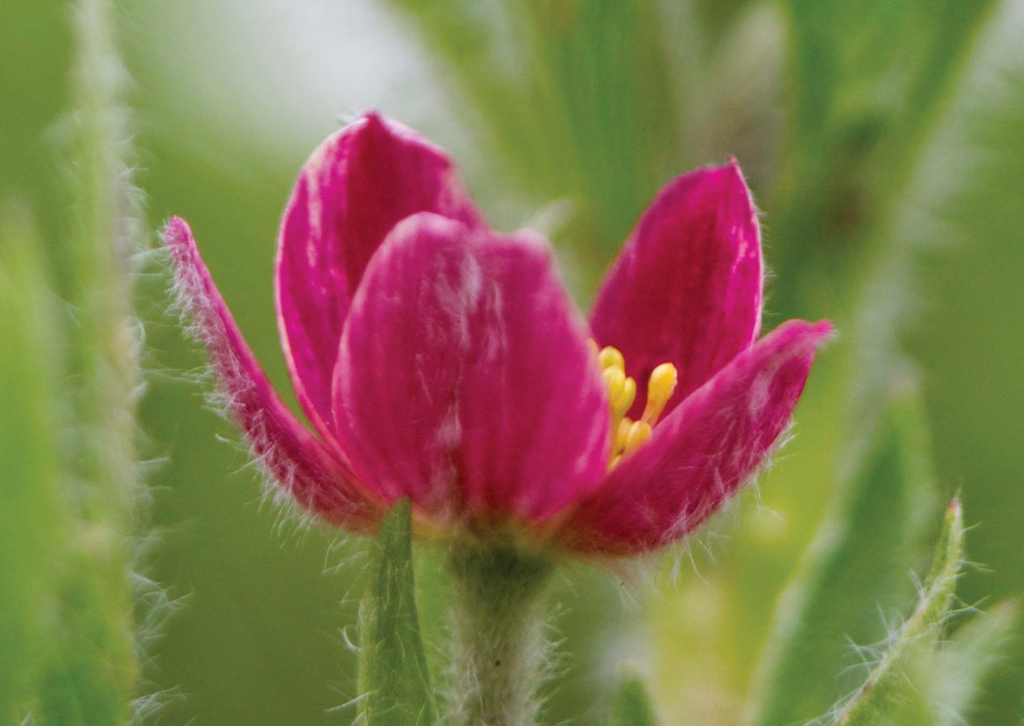
Now, a major emphasis in native plant landscaping is to mitigate the habitat lost by our human activities. A pollinator garden will help repair our local environment one yard at a time.
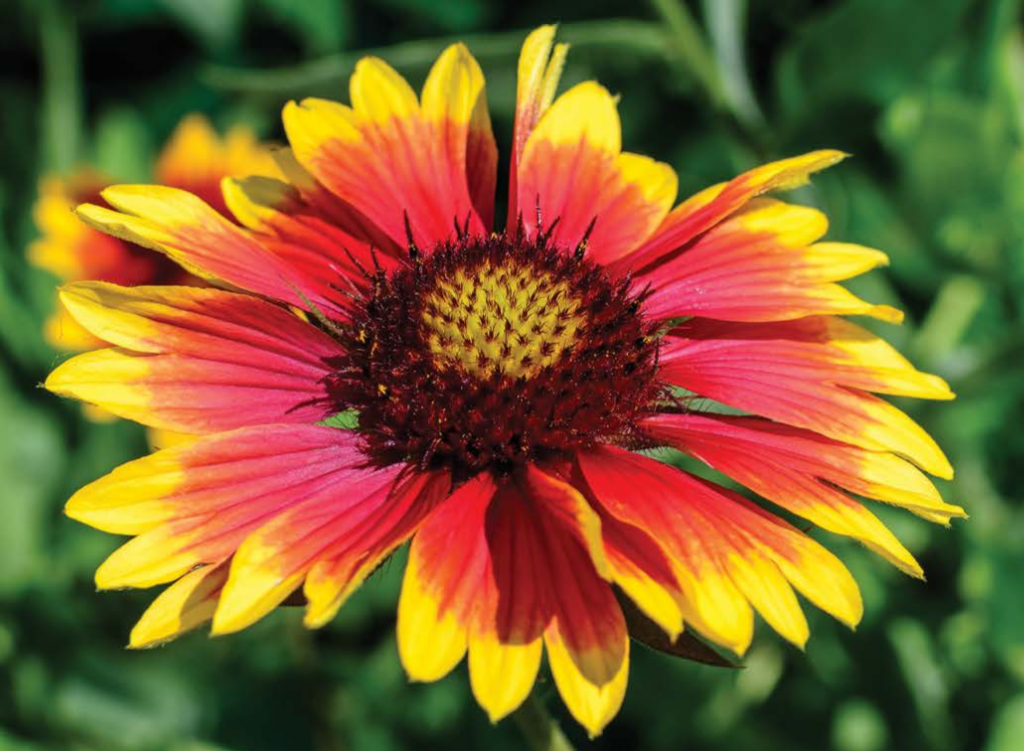
Landscaping with native plants offers numerous benefits. First and foremost, it helps increase habitat and provides critical resources for wildlife. Studies have shown that including native plants helps support a greater abundance and diversity of wildlife.
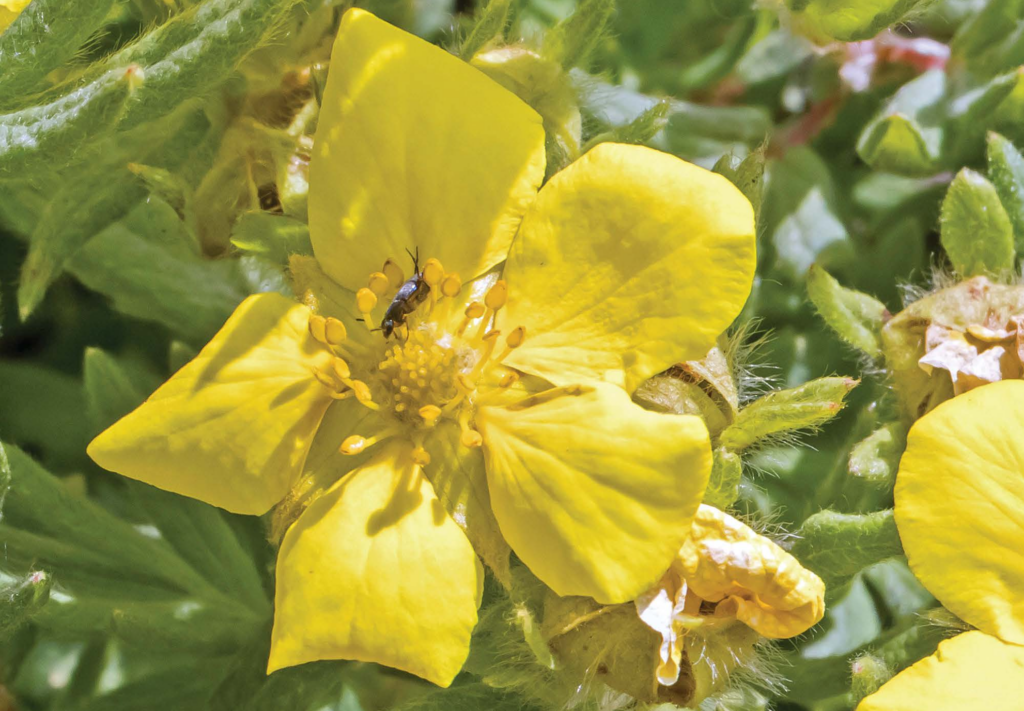
Natives are adapted to the growing conditions, such as soil and climate, of the locations where they naturally occur. As a result, they tend to perform better than nonnative species; have fewer pest or disease problems; and require less water, fertilizer, and general maintenance. Lastly, they provide opportunities for people to connect—or reconnect—with nature.
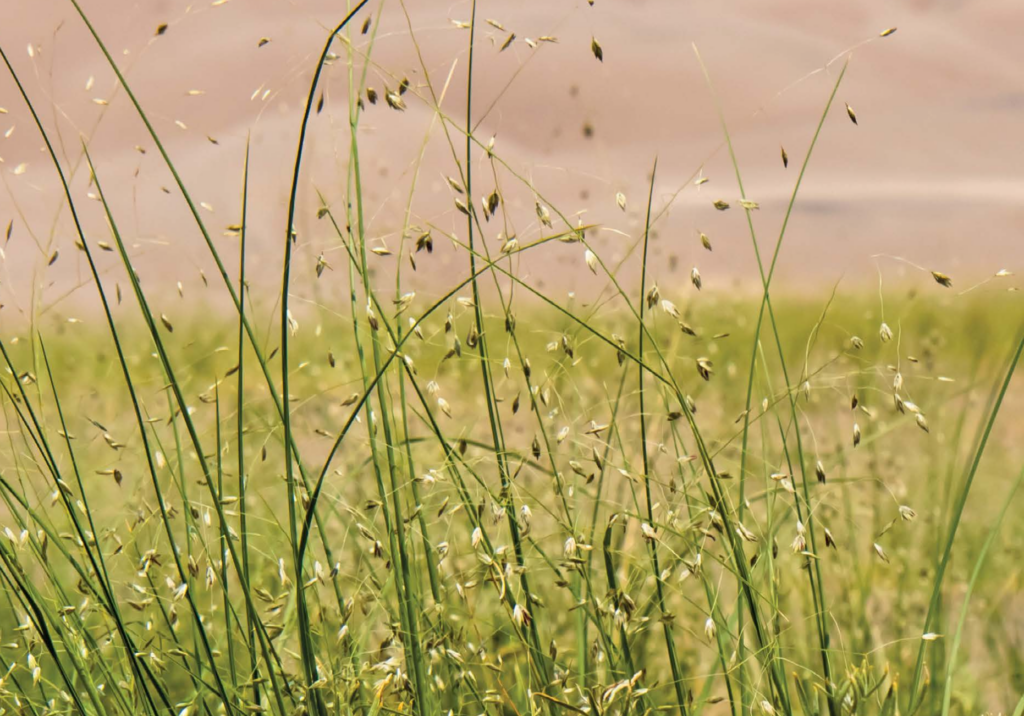
Before putting plants in the ground, make a basic plan or design sketch of your landscaping plans. Next, review each plant’s requirements and key features, such as light, moisture, and soil preferences; mature size and spread; bloom time; flower color; leaf color; and fall color. Such information will help guide plant placement in your overall landscape. Then group plants with similar requirements together: Place the tallest plants in the back of the bed and shorter plants in the foreground, but keep light levels and sun direction in mind.

In general, increased plant diversity helps support a greater abundance and diversity of wildlife. If this is your goal, design your landscaping accordingly. Pick plants that offer a wide range of quality resources of nectar, pollen, seed, fruit, and larval food. Be sure to include species that offer resources throughout the growing season, not just at one time period. This is particularly important for pollinating insects.
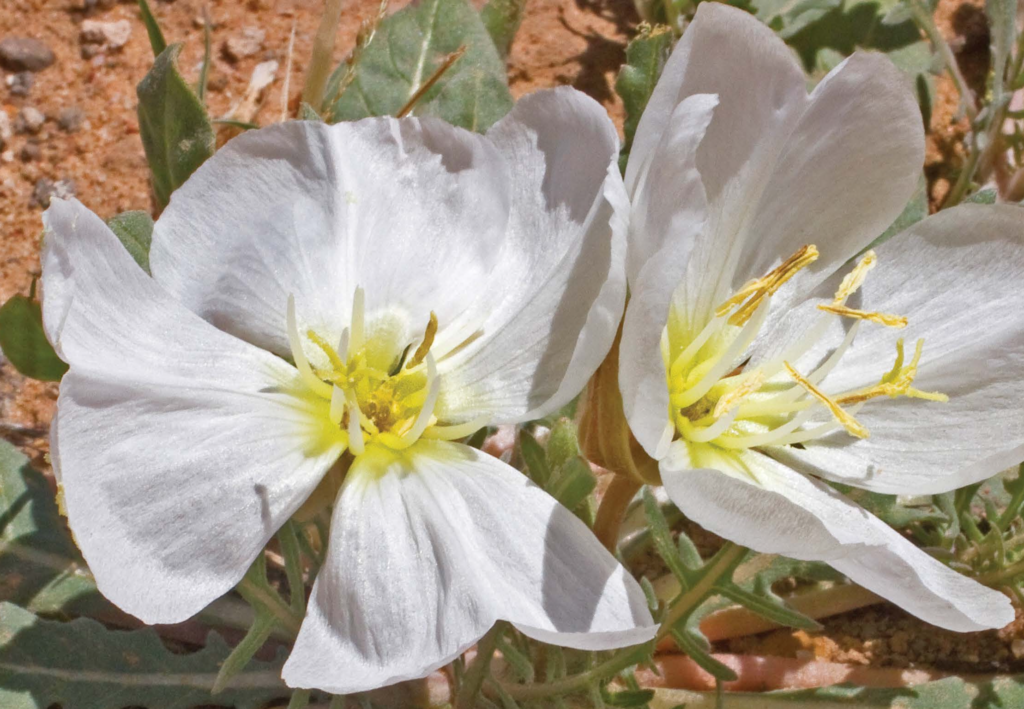
Additionally, choose blooming plants that display a variety of flower colors, sizes, and shapes. For example, plants with long, tubular blossoms may be most accessible and attractive to hummingbirds but not to smaller bees or butterflies. Lastly, pick plants that vary in height and form. This will provide your landscaping with needed structure that offers shelter, cover, nesting sites, perches, forage for food, or needed shade.

About the author: Professional nature photographer and botanist George Oxford Miller was a lifelong resident of the West. He lived in New Mexico, Arizona, and Texas and was the author of several guidebooks to the Southwest, including the best-selling trio Landscaping with Native Plants of the Southwest, Landscaping with Native Plants of Texas, and Landscaping with Native Plants of Southern California. He also wrote wildflower identification guides to Arizona and New Mexico, Colorado, Northern California, Southern California, Texas, and beyond. He wrote a “Plant of the Month” column for New Mexico Magazine and was the former president of the Albuquerque chapter of the Native Plant Society of New Mexico. George Oxford Miller worked enthusiastically on Native Plant Gardening for Birds, Bees & Butterflies: Rocky Mountains before passing away earlier this year. We are grateful for his amazing contributions over many years and proud of his last book, which he so lovingly put together with his incredible knowledge and dedication to nature.
Native Plant Gardening for Birds, Bees & Butterflies: Rocky Mountains is part of a series including Native Plant Gardening for Birds, Bees & Butterflies: Southwest; Native Plant Gardening for Birds, Bees & Butterflies: Southern California; Native Plant Gardening for Birds, Bees & Butterflies: Northern California; and Native Plant Gardening for Birds, Bees & Butterflies: Southwest by George Oxford Miller, as well as Native Plant Gardening for Birds, Bees & Butterflies: Southeast; Native Plant Gardening for Birds, Bees & Butterflies: Upper Midwest; Native Plant Gardening for Birds, Bees & Butterflies: Lower Midwest; and Native Plant Gardening for Birds, Bees & Butterflies: South by Jaret C. Daniels. The series will be completed soon with Native Plant Gardening for Birds, Bees & Butterflies: Pacific Northwest.
If you enjoyed this post, please sign up for our newsletter and order Native Plant Gardening for Birds, Bees & Butterflies: Rocky Mountains here. #bewellbeoutdoors


